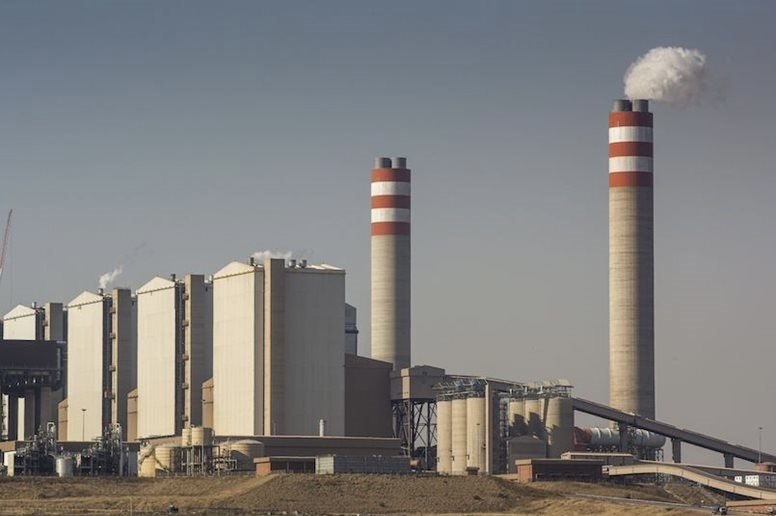KEY POINTS
- Eskom has commissioned Kusile Unit 6, an 800 MW block, bringing the coal plant to its full 4.8 GW capacity.
- Alongside Medupi, Kusile forms part of South Africa’s largest coal investments, together adding 9.6 GW to the grid.
- The completion highlights the tension between addressing load-shedding and global pressure to transition away from coal.
South Africa’s troubled but indispensable coal fleet has reached a new milestone. Eskom Holdings SOC Ltd. said Thursday it had commissioned the sixth and final unit of the Kusile power station, an 800-megawatt block that pushes the Mpumalanga complex to its full 4,800-MW design.
The move marks the end of a drawn-out construction saga that began in 2007 alongside its sister station, Medupi, and stretched more than a decade past original deadlines. Together, Kusile and Medupi represent the largest coal investments in Africa, providing a combined 9.6 gigawatts of installed capacity — enough in theory to cover about 15% of South Africa’s grid demand.
Yet the milestone arrives at a moment of contradiction: while Kusile’s completion shores up desperately needed supply in a system plagued by rolling blackouts, it also cements South Africa’s long-term reliance on coal, even as the government faces mounting international pressure to pivot toward cleaner energy sources.
Coal’s Grip Remains Firm on South Africa’s Grid
Despite ambitions to accelerate renewables, coal remains entrenched in the country’s power mix. Eskom, the state-owned utility, operates 15 coal plants nationwide, and coal accounted for nearly 69% of South Africa’s 63 GW of installed capacity in 2024. In terms of actual generation, the dominance is even sharper: coal supplies about 85% of electricity fed into the grid.
Both Medupi and Kusile were designed with a projected 50-year operating life, ensuring coal’s role well into the second half of this century unless policy shifts dramatically. Technical faults have dogged the fleet in recent years, eroding availability and forcing Eskom to ration supply through blackouts that have undermined economic growth.
With Kusile now complete, Eskom has effectively closed the chapter on its most ambitious megaproject era. But the broader question — whether the country can resolve its chronic power shortages without doubling down on coal — remains unanswered.



